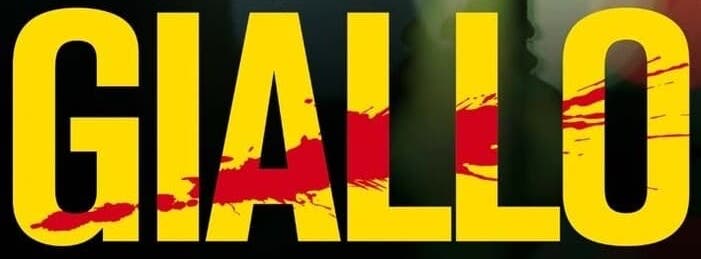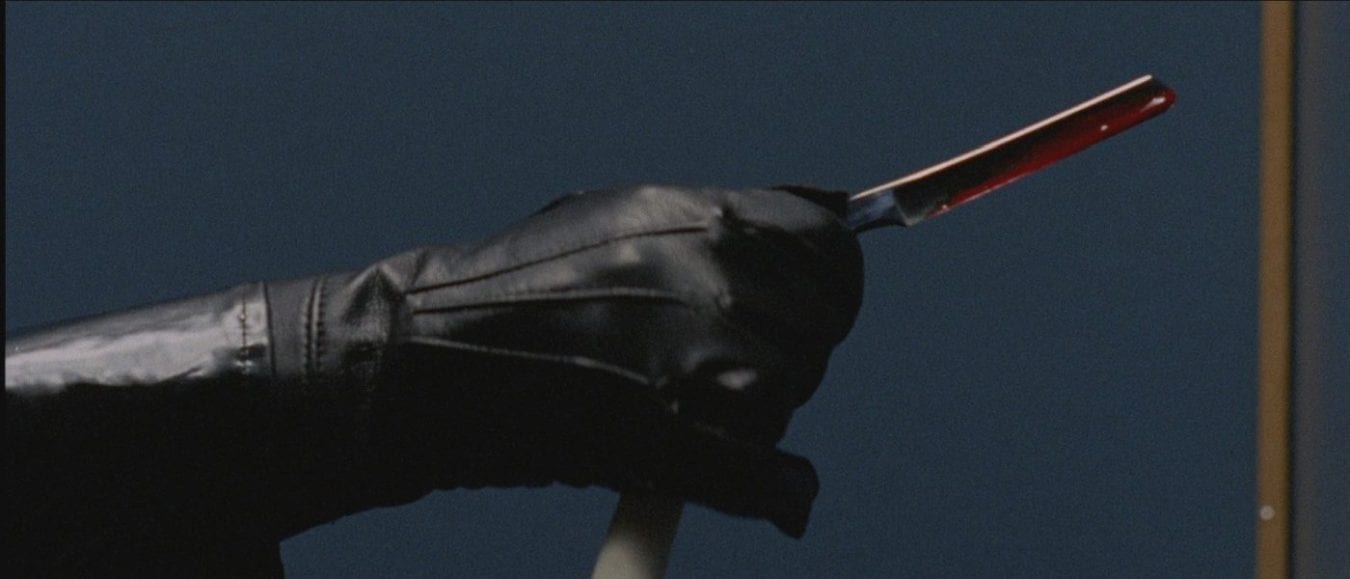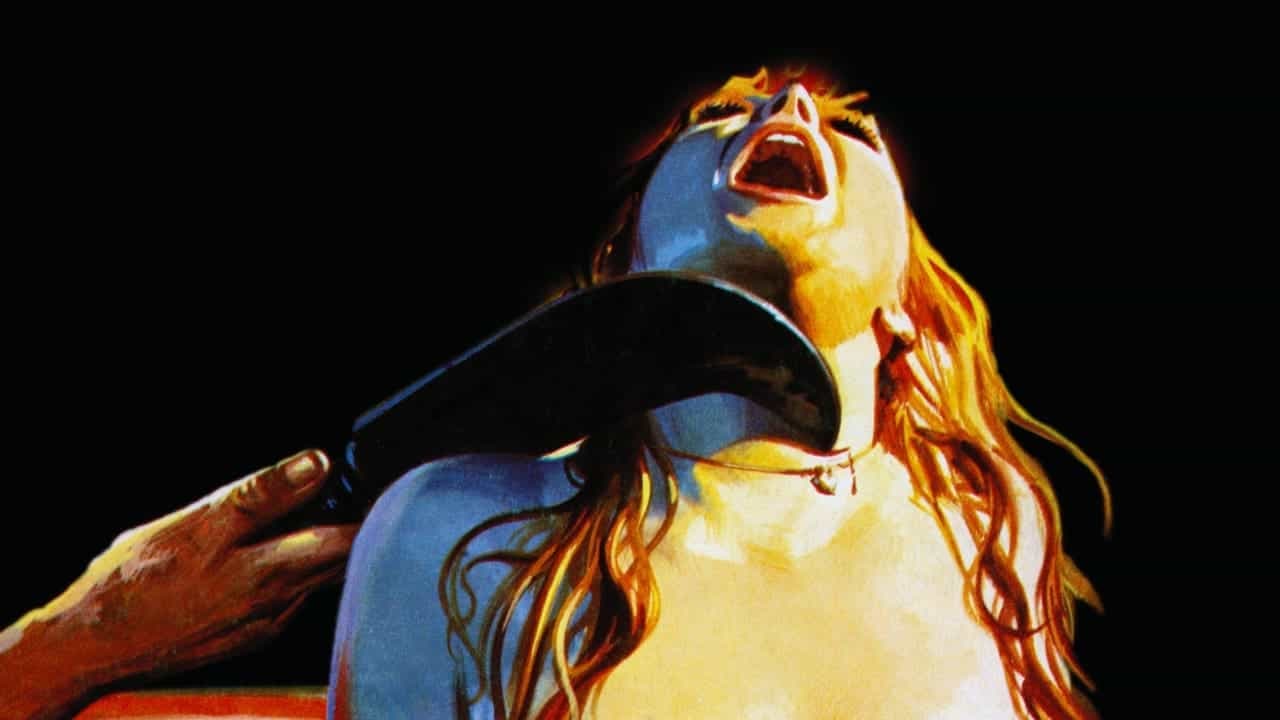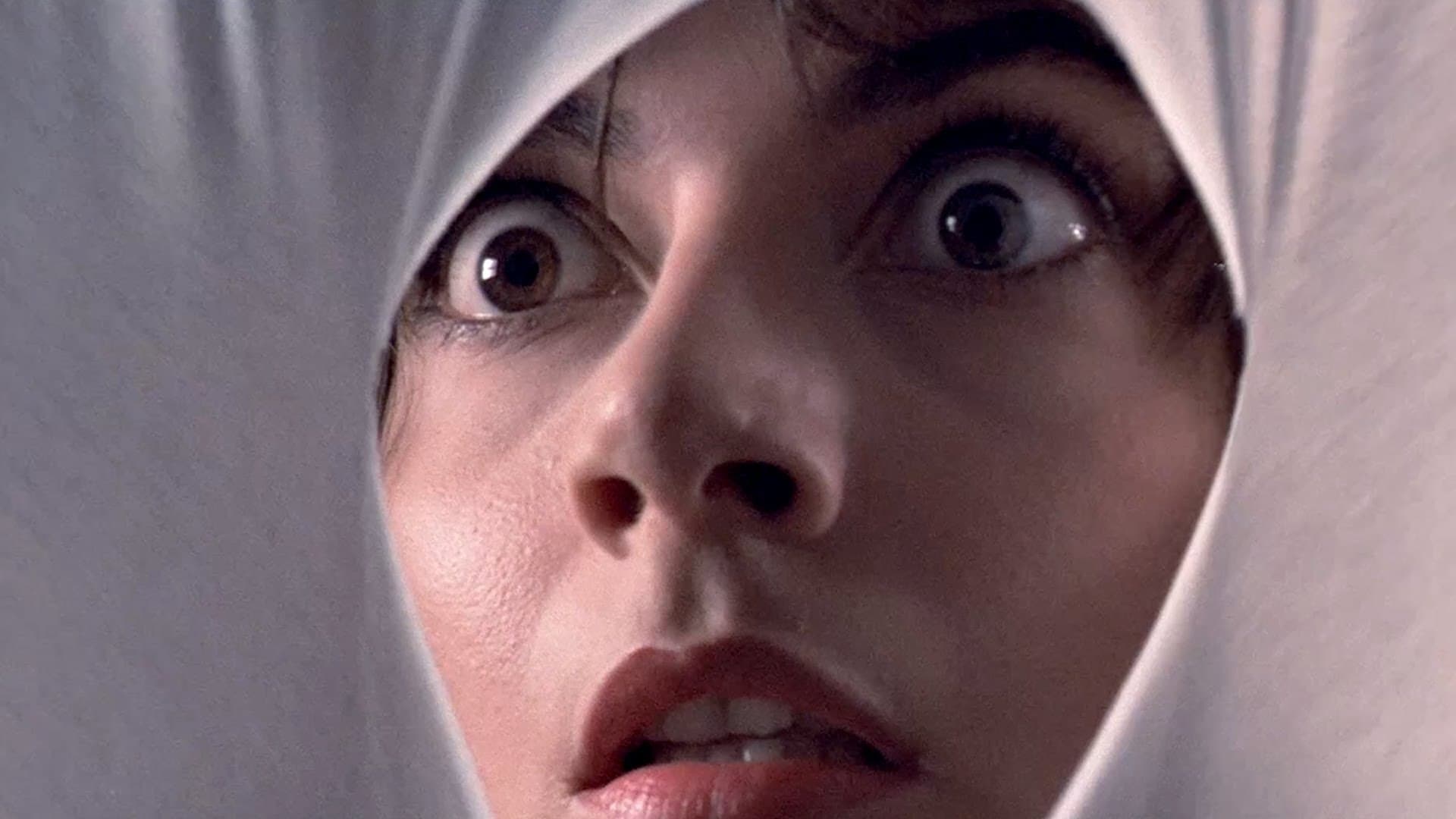Now, if you’ve been following the production of Hauntology so far, you may know that our film’s segment “Paint and Black Lace” is inspired by the giallo genre. If reading that ever made you go “what on earth is that?” then this guide is for you!
What Does Giallo Mean?

Giallo (or, in plural, gialli) is a term largely used in the English-speaking sphere to refer to a set of Italian murder mystery films that had their heyday from the late 1960s to the early 1980s (in Italy, the term can be applied to any mystery produced by any country). Giallo films were a precursor to the American slasher genre, which would later birth huge horror franchises like Friday the 13th, Halloween, and A Nightmare on Elm Street.
The name giallo, which is the Italian word for “yellow,” derives from the yellow covers of the popular mystery books put out by the Italian publisher Mondadori. It holds a similar meaning to the American term “pulp fiction,” which referred to the cheap manufacturing process used to put out crime novels. While giallo films don’t necessarily have to be based on one of these books, they were given that name because of their similarity to the lurid and sometimes tawdry contents of the novels they emulated.
Common Giallo Tropes

So how do you know if you’re watching a giallo film? Other than the country and era, giallo films tend to focus on a series of murders, largely of beautiful women, being perpetrated by an unseen killer whose appearance is mostly limited to the sight of black-gloved hands wielding a weapon. Although many gialli are whodunits, the plot machinations and final reveals can sometimes be complicated and fail to make perfect sense.
That’s because, as a rule, the gialli almost always position style over substance. If a scene can be drenched in cherry red light or be shot with flickering light caused by a spinning wheel, it will be, whether or not it serves the story. This aesthetic-first approach is also represented by the frequently lyrical, evocative titles that many giallo films were given, which include Forbidden Photos of a Lady Above Suspicion, Seven Blood-Stained Orchids, Death Laid an Egg, and even the truly monumental Your Vice is a Locked Room, and Only I Have the Key.
Popular Giallo Directors

One of the most iconic directors of giallo cinema is Mario Bava, whose 1963 film The Girl Who Knew Too Much and its 1964 follow-up Blood and Black lace are largely credited as the beginning of the subgenre. Bava went on to create many other iconic gialli, including Hatchet for the Honeymoon (1970), Five Dolls for an August Moon (1970), and A Bay of Blood (1971), which is also memorably titled Twitch of the Death Nerve.
Another massively influential giallo director is Dario Argento, who burst onto the scene in 1970 with his directorial debut The Bird with the Crystal Plumage. Although some of his most famous works, like 1977’s Suspiria, are more supernatural than giallo, his run of iconic gialli includes Four Flies on Grey Velvet (1971), Deep Red (1975), and Tenebrae (1982).
Other notable directors who frequently worked in the genre include Sergio Martino (known for elegant but lurid works like 1971’s The Strange Vice of Mrs. Wardh, 1972’s Your Vice is a Locked Room, and Only I Have the Key, and 1973’s Torso) and Lucio Fulci (who most frequently straddled the line between schlocky exploitation and dreamy aesthetic exploration in films including 1971’s A Lizard in a Woman’s Skin, 1972’s Don’t Torture a Duckling, and 1982’s The New York Ripper).
Although the genre’s heyday had largely ended during the American slasher boom, younger Italian directors cut their teeth with giallo-slasher hybrids like Lamberto Bava with A Blade in the Dark in 1983 and Michele Soavi with StageFright: Aquarius in 1987.






